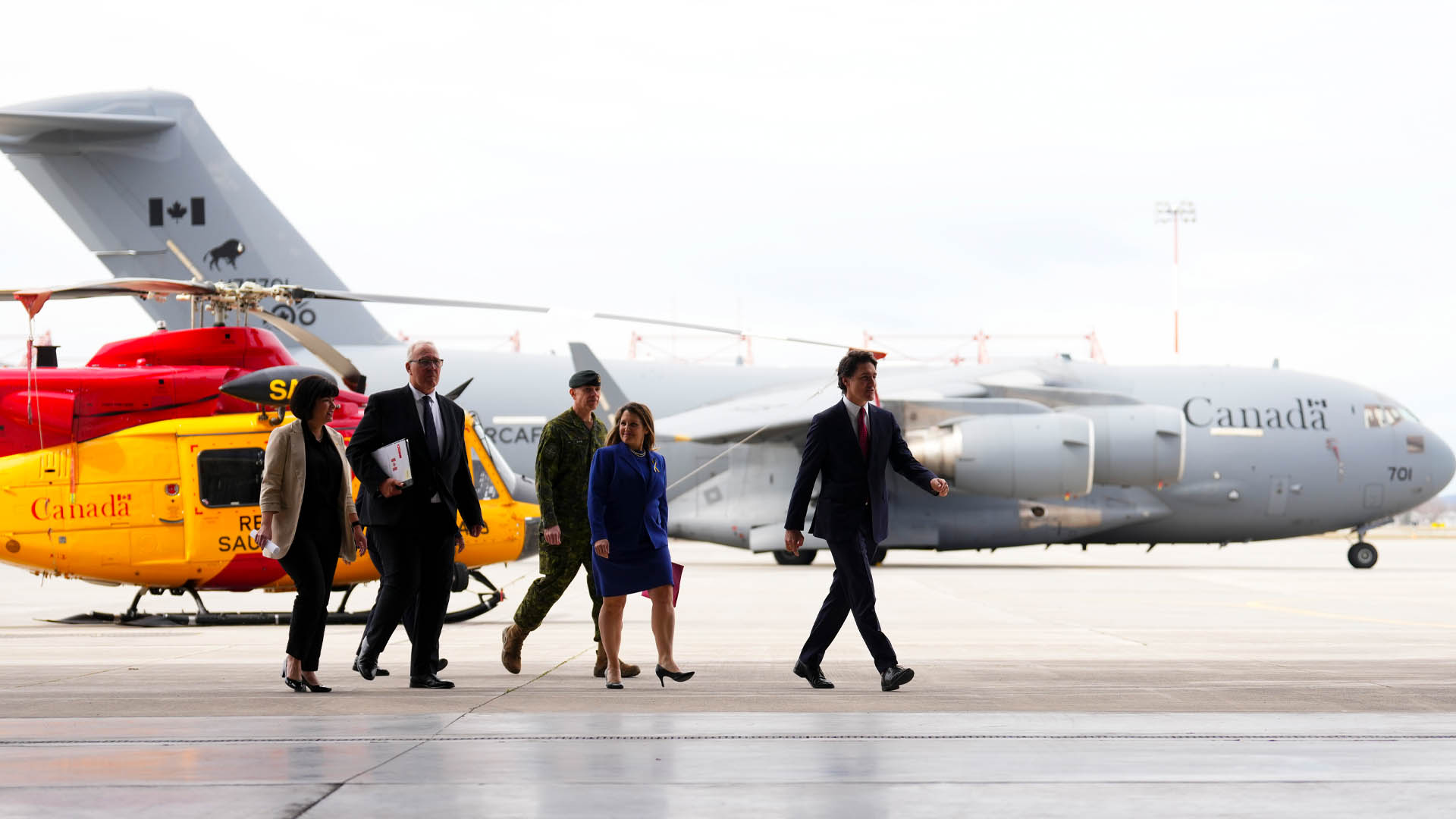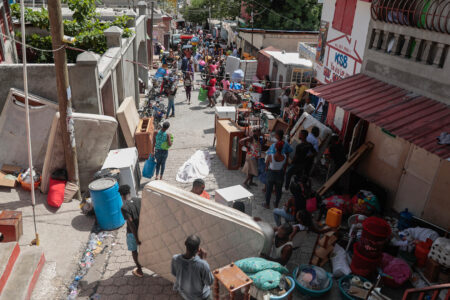
In the 2022 budget, tabled on April 7 of that year, six weeks after the Russian invasion of Ukraine, the Trudeau government announced it would undertake a “swift“ defence policy review.
On April 8 of this year – 732 days later – the government published the results of that review under the title Our North, Strong and Free: A Renewed Vision for Canada’s Defence. A new definition of swift was thus born.
Much has been already written about Our North, Strong and Free. Its sensible emphasis on threats to, and investments in, Canada’s Arctic and Northern defence has been noted.
The government pledged to increase defence funding to 1.76 per cent of gross domestic product by 2029-30 from an abysmal 1.33 per cent today. While this keeps Canada well below the NATO target of two per cent – a level to which Ottawa has agreed twice in the past 10 years – it is still more than many expected.
It could, however, also be read as a firm commitment not to meet our commitments.
The undertaking to conduct and publish four-year reviews of both national security and defence policy has been applauded, while the shopping list of new equipment that the Canadian Armed Forces will buy has been discussed.
What is no less important, however, are the public administration innovations one can find within the pages of Our North, Strong and Free. Three chief ones come to mind.
In and out
The first we can call the “in and out play.” The new policy commits an additional $8.1 billion to the defence budget (on an accrual basis) over the next five fiscal years.
This fiscal year and next – the last two fiscal years in the life of the current Trudeau government – Department of National Defence funding will be increased by about $600 million and $1.1 billion, respectively.
However, also over these two fiscal years, between $800-$900 million will be taken out of the defence budget annually through a government-wide expenditure-reduction initiative aimed at cutting spending on “professional services” and travel.
Meaning that during the remaining mandate of this government, what comes in the front door courtesy of Our North, Strong and Free, mostly goes out the back door.
Fantasy Island
The second novelty we can label the “Fantasy Island move.” Our North, Strong and Free commits Ottawa to some $73 billion in defence funding increases over the next 20 years.
Normally a significant departmental funding boost would be phased in over five years (i.e., the fiscal framework time horizon, not to mention the lifetime of government), rather than a period equal to going from toddler to university graduate. Some have called this “back-end loading.” A less charitable take would consider it to be in the realm of fantasy.
The parliamentary budget officer forecasts a federal deficit of more than $46 billion and a federal debt ratio in excess of 42 per cent of GDP in this fiscal year (up from slightly more than 30 per cent five years ago).
Those numbers, both of which are rising, suggest a very strong likelihood that in the not-too-distant future (i.e., well within the 20-year framework) some government is going to have to get serious about deficit- and debt-reduction.
When that happens, it is a certainty that the defence budget will take a hit as it has in every expenditure-reduction exercise over the past 35 years by the Mulroney, Chrétien, Martin and Harper governments (Progressive Conservative, Liberal and Conservative alike).
As noted, the Trudeau government is already following in these footsteps, increasing the defence budget on the one hand, even as it cuts it on the other hand as the minister of finance and the president of the Treasury Board try to bring some fiscal probity to Ottawa.
Cutting defence spending in times of austerity has proven to be one of the few areas of bipartisan consensus over the past generation, owing chiefly to the fact the Department of National Defence is the second largest source of non-statutory spending for the federal government.
In other words, this is about math as much or more as it is about politics.
Let’s go shopping
The third innovation in Our North, Strong and Free is what we might label the “unfunded shopping spree.” The policy statement makes it clear that the Canadian Armed Forces will acquire various types of equipment over time, meaning those projects are funded within the financial resources provided.
This is the kind of thing defence policy statements normally contain. Then comes the novelty. There are about a dozen instances where the document states that the Armed Forces will “explore” buying various other kit, meaning those projects are not funded.
It’s anyone’s guess why the authors of Our North, Strong and Free thought that highlighting the exploration of hypothetical purchases was necessary.
Anyone with even passing knowledge of the military knows it is always exploring the acquisition of new equipment of various kinds. It is part of its job after all to look to replace constantly aging kit and to keep abreast of technological change.
Unfortunately for the forces, many of those explorations over the years have foundered on the rocks of fiscal and political reality.
All of which reveals a central, though unstated, theme in this policy statement.
Our North, Strong and Free is above all else an expression of a government that fails to see national defence as a high priority even after two years of war in Ukraine, but which is under increasing pressure from NATO and allies to significantly boost defence funding in the context of a relatively tight fiscal box of its own making.








